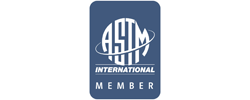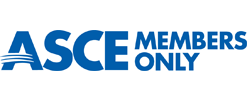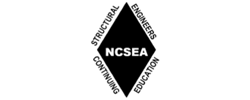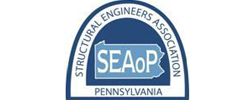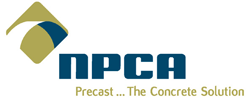Munkelt Receives ASTM Award
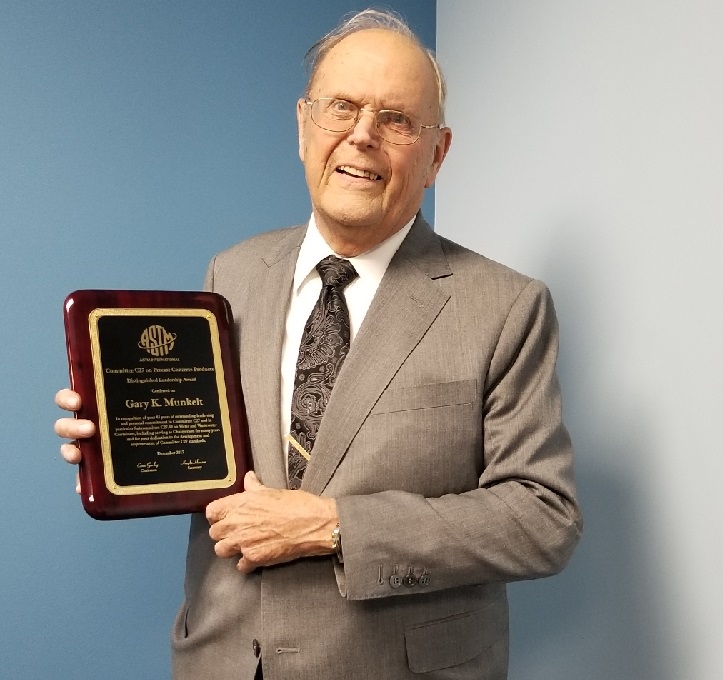
Gary K. Munkelt, PE, displays his ASTM C27 Distinguished Service Award, presented to him in December, 2017 for his 40+ years of service and commitment to the ASTM C27 committee.
The C27 Committee benefits designers, producers and end users of precast concrete products.
ASTM C27: The Mother of All (Precast) Standards
National Precast Concrete Association / Precast Magazines / Precast Solutions Magazine / 2011 - Fall / ASTM C27: The Mother of All (Precast) Standards / ASTM C27: The Mother of All (Precast) Standards
December 3, 2012 6 Comments
By Gary K. Munkelt, P.E.
The American Society for Testing and Materials (ASTM) is a volunteer organization that creates and publishes standards for materials, products, systems and services. Organized in 1898, it is now known as ASTM International (www.astm.org) and publishes more than 12,500 standards used around the world.
Volunteers of diverse backgrounds in a committee format perform work where membership is balanced according to interest. The interest groups include:
1. Users of the product
2. Producers of the product
3. People with a general interest in the product
The intent of this mix of professional pursuits among committee members is to produce a “standard” that is not biased to one interest group.
Committee C27, “Precast Concrete Products,” is one of 139 ASTM committees that originate and update the standards for the society. C27 has jurisdiction over 29 standards and six technical committees that cover the field of precast concrete. It is responsible for precast concrete products that are manufactured in a facility away from the job site (as opposed to concrete poured at the job site).
Reliable standards take time and care
The committee was created in 1972 and produced its first standards in 1978. The six-year development period is typical of the time it takes to establish a reliable standard. A draft is written, exposed to comments and rewritten until a final draft is put to a vote, first by all committee members and then by all members of the society. Comments addressing concerns with each ballot are considered carefully and either adopted or rejected. Proposals are revised and re-balloted until there are no negative ballots. The process is long, but experience has shown that the result is a reliable standard.
Because every standard must be reviewed and updated within five years of its last review, architects, engineers, contractors and owners can feel confident when they include the standards in their project specifications.
Specifications for precast concrete products written by Committee C27 are broken down into six areas:
1. Underground precast utility structures
2. Underground precast water and wastewater containers
3. Architectural and structural products
4. Glass fiber reinforced concrete
5. Precast autoclaved aerated concrete
6. Precast for stormwater management
Current specifications are listed here:
• Specifications and Practices for “Underground Utility Structures” include:
o ASTM C857, “Standard Practice for Minimum Structural Design Loading for Underground Precast Concrete Utility Structures”
o ASTM C858, “Standard Specification for Underground Precast Concrete Utility Structures”
o ASTM C891, “Standard Practice for Installation of Underground Precast Concrete Utility Structures”
o ASTM C1037, “Standard Practice for Inspection of Underground Precast Concrete Utility Structures”
• Specifications and Practices for “Water and Wastewater Containers” include:
o ASTM C890, “Standard Practice for Minimum Structural Design Loading for Monolithic or Sectional Precast Concrete Water and Wastewater Structures”
o ASTM C913, “Standard Specification for Precast Concrete Water and Wastewater Structures”
o ASTM C1227, “Standard Specification for Precast Concrete Septic Tanks”
o ASTM C1613, “Standard Specification for Precast Concrete Grease Interceptor Tanks”
o ASTM C1644, “Standard Specification for Resilient Connectors Between Reinforced Concrete On Site Wastewater Tanks and Pipes”
• Specifications and Test Methods for “Architectural and Structural Products” include:
o ASTM C825, “Standard Specification for Precast Concrete Barriers”
o ASTM C915, “Standard Specification for Precast Reinforced Concrete Crib Wall Members”
o ASTM C1089, “Standard Specification for Spun Cast Prestressed Concrete Poles”
o ASTM C1194, “Standard Test Method for Compressive Strength of Architectural Cast Stone”
o ASTM C1195, “Standard Test Method for Absorption of Architectural Cast Stone”
o ASTM C1364, “Standard Specification for Architectural Cast Stone”
• Specifications and Test Methods for “Glass Fiber Reinforced Concrete” include:
o ASTM C947, “Standard Test Method for Flexural Properties of Thin Section Glass Fiber Reinforced Concrete (Using Simple Beam With Third Point Loading)”
o ASTM C948, “Standard Test Method for Dry and Wet Bulk Density, Water Absorption, and Apparent Porosity of Thin Sections of Glass Fiber Reinforced Concrete”
o ASTM C1228, “Standard Practice for Preparing Coupons for Flexural and Washout Tests on Glass Fiber Reinforced Concrete”
o ASTM C1229, “Standard Test Method for Determination of Glass Fiber Content in Glass Fiber Reinforced Concrete (GFRC) (Wash Out Test)”
o ASTM C1230, “Standard Test Method for Performing Tension Tests on Glass Fiber Reinforced Concrete (GFRC) Bonding Pads”
o ASTM C1560, “Standard Test Method for Hot Water Accelerated Aging of Glass Fiber Reinforced Cement Based Composites”
o ASTM C1666/C1666M, “Standard Specification for Alkali Resistant (AR) Glass Fiber for GFRC and Fiber Reinforced Concrete and Cement”
o ASTM C1704 “Standard Test Method for Sampling and Test Structural Cementitious Panels”
• Specifications and Test Methods for “Precast Autoclaved Aerated Concrete” include:
o ASTM C1386, “Standard Specification for Precast Autoclaved Aerated Concrete (AAC) Wall Construction Units”
o ASTM C1452, “Standard Specification for Reinforced Autoclaved Aerated Concrete Elements”
o ASTM C1591, “Standard Test Method for Determination of the Modulus of Elasticity of AAC”
o ASTM C1686, “Standard Practice for Installation and Testing of Reinforced Autoclaved Aerated Concrete (AAC) Units”
o ASTM C1693, “Standard Specification for Autoclaved Aerated Concrete (AAC)”
o ASTM C1694, “Standard Specification for Reinforced Autoclaved Aerated Concrete (AAC) Elements”
• Specifications and Test Methods for “Precast Products for Stormwater Management” (This is a new subcommittee with no approved standards. Work items currently in process will evolve into standards.)
o WK26951, “New Practice for Field Measurement of Performance Characteristics of Hydrodynamic Stormwater Separators and Underground Settling Devices”
o WK24908, “New Practice for Determination of Suspended Sediment Removal Efficiency of Hydrodynamic Stormwater Separators and Underground Settling Devices”
o WK30222, “New Test Method for Specification for Methods of Measurement and Acceptable Error for Surrogate Silica Sediments Used for the Evaluation of Stormwater Treatment Devices”
Gary K. Munkelt, P.E., has been an ASTM committee member for more than 35 years. His 45 years of experience is reflected in many of the standards published by the committee. He is available for questions at gkm2001@verizon.net.
Filed Under: Precast Solutions Magazine, 2011 - Fall, ASTM C27: The Mother of All (Precast) Standards, Precast MagazinesTagged With: ASTM C27, specifications, standards
- 7222 reads
About Us
We are a small, flexible organization with over a century of combined engineering experience. Our unique combination of large-firm expertise coupled with small-firm personal attention allows Gary K. Munkelt & Associates to deliver structural engineering solutions tailored specifically to your business process. We treat every customer’s business as if it is our own.

